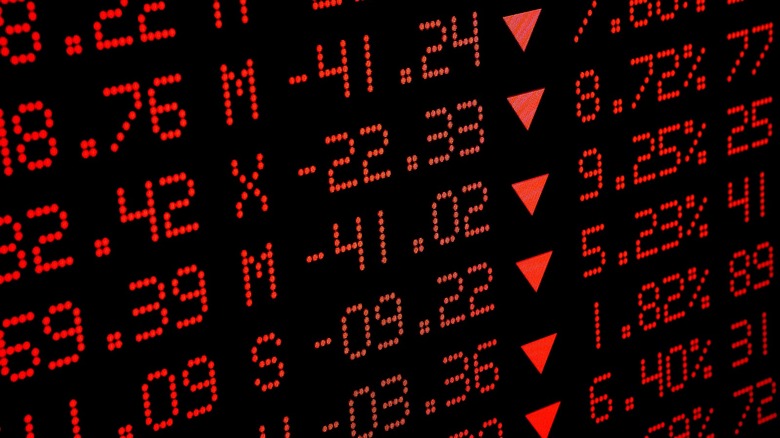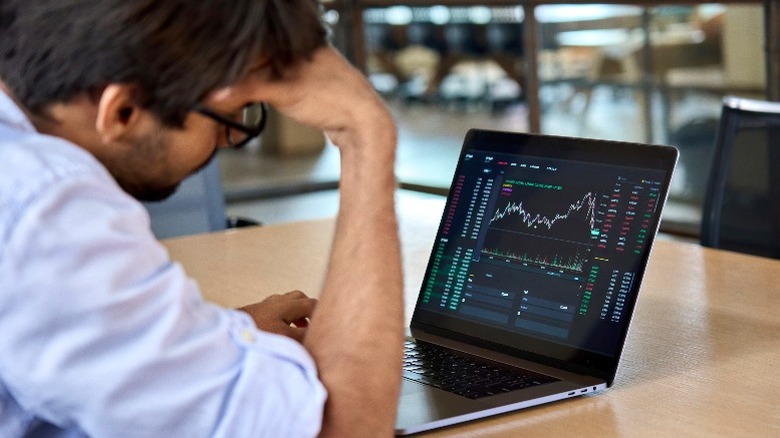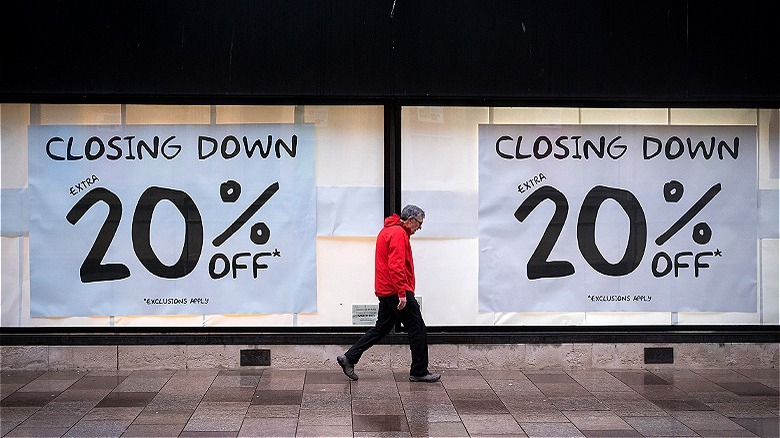How Much Do Natural Disasters Affect The Stock Market?
The stock market is influenced by a LOT of different factors. With three categories — fundamental factors, technical factors, and market sentiment — covering everything from P/E ratios to the news to the psychology of market participants, it can be difficult to know what will ultimately influence the market's behavior on a given day. With that being said, the news and events of the day (especially bad news like, say, a natural disaster) tend to have significantly higher impacts on stock prices.
It's also important to realize just how global markets have become. Securities trading happens in almost every market around the world, which creates a link between every country's economy. This means that, even if a natural disaster occurs outside of the United States, the event can and will still affect our markets. Investor sentiment, in particular, can be heavily influenced by news of the day, and this can shape how the market reacts to the disaster(s). The disaster itself, meanwhile, can also influence certain industries more than others, which can create ripple effects across the market. This can be especially relevant when assessing the supply and demand across certain industries in the wake of a natural disaster.
Yet, what's perhaps the most concerning element of a natural disaster's influence on the U.S. stock market is the likelihood that it'll only continue to happen more frequently. The increasing impact of climate change will only serve to create more extreme weather events, and with them, even more costly impacts on consumers, the market, and the world's economy.
Immediate aftereffects
While natural disasters can cause parts of the stock market to face losses, the same is not true for everything in the financial world. Specifically, commodities tend to actually increase in value during disasters. For anyone unsure, commodities are essentially the raw ingredients used to make most of our manufactured goods (you've probably seen them listed on your utilities as a commodity charge). This can mean everything from energy and metals to agricultural goods like wheat or beef.
During and/or after a natural disaster, the supply and demand for commodities tends to increase. This, combined with the sudden scarcity that's often created in the wake of a disaster usually raises the value of the commodities in question, and, consequently, costs consumers more. The general volatility of commodities trading makes it a popular playground for speculator traders, who, unfortunately, stand to profit from natural disasters.
Outside of commodities, the stock market tends to experience volatility during and immediately following a disaster. The scale of this volatility is directly related to just how big and/or impactful the disaster is and which specific industries are impacted. For example, following Hurricane Katrina, oil prices skyrocketed due to the required pause in refining activities throughout oil refineries in the Gulf Coast region. This not only led to significant gas shortages that inflated the price of crude oil, but it also inflated gas prices across the country. However, some disasters can be more localized, such as the Pacific Gas & Electric-caused wildfires in California in 2017 and 2018 that led to a significant drop in PG&E's stock price.
Long-term aftereffects
While the immediate market volatility following a natural disaster can get most of the attention, in fact, some of the worst overall effects of a natural disaster can actually take months or even years to fully impact the economy and the market. For instance, supply chain disruptions caused by natural disasters can have a delayed effect. Since current stock might be sufficient enough for consumers in the short term, it could be months before the shortage of a given supply or good is truly felt by the consumer on a larger scale.
Similarly, disasters (and subsequent supply chain issues) can also contribute to a slowing in overall economic growth. While businesses might be able to financially hold out for a few months or even years in the hopes of an economic turnaround, at some point they'll be forced to assess their finances and decide if it's worth continuing on. If the economy is slow to turn around, or if a certain industry or geographic region fails to bounce back to pre-disaster levels, eventually, affected businesses may be forced to close altogether. These closures will further disrupt consumers even if it has been an extended period of time since the precipitating disaster event actually occurred.
Economic sluggishness can also be characterized by rising inflation. This can not only wear down price-strapped consumers further but elongate periods of stock downturns, as well as create longer-term market volatility. If recent inflation is any indication, the Federal Reserve raising interest rates (in an effort to achieve an economic soft landing) can add yet another degree of complication to a post-disaster market.


